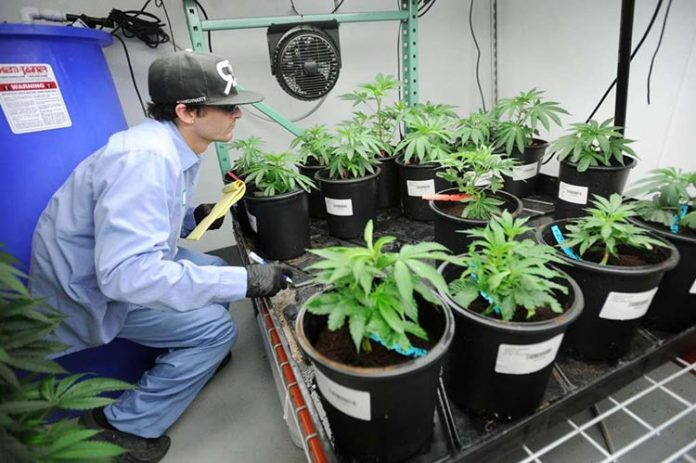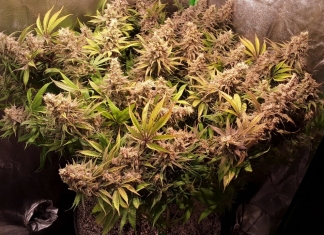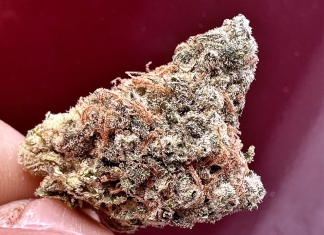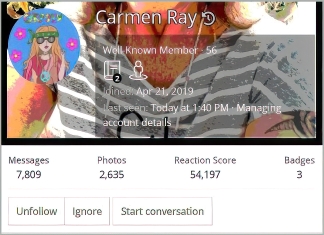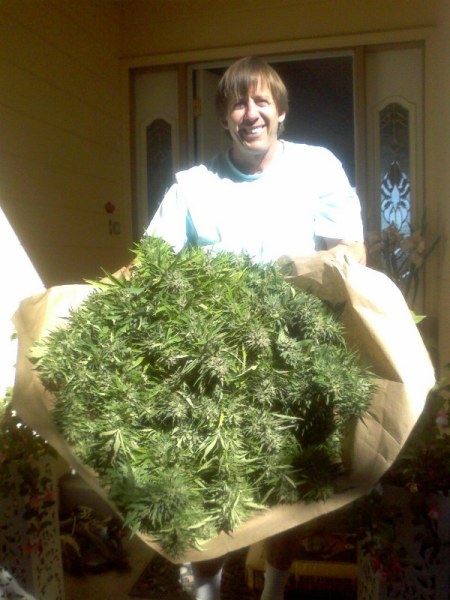A proposed ordinance effectively banning all commercial cannabis operations within Santa Maria city limits was reintroduced Tuesday after it was altered to restrict cultivation for personal use to indoor areas only.
The change was incorporated into the ordinance initially introduced Jan. 16 after the City Council directed the staff to investigate whether the city could legally legislate that restriction.
Council members also ask the staff to see if the city could further regulate medical marijuana deliveries from businesses located outside city limits, which the original ordinance allowed, where marijuana can be smoked and advertising of cannabis and related products.
Had the council chosen not to make any changes, the original ordinance could have received final approval Tuesday night. But because it was changed, it had to be reintroduced and will come back for final approval at the March 6 meeting.
If approved, the ordinance will create a new Municipal Code chapter that prohibits virtually all cannabis uses except those specifically permitted by state law, so it effectively bans commercial cultivation, manufacturing, processing, laboratory testing, labeling, storing and wholesale and retail sales of cannabis and cannabis products.
Initially, it followed state law in allowing cultivation, either indoors or outdoors out of public view, of up to six plants for personal use.
As revised, up to six plants can still be cultivated for personal use but they must be grown inside a residence or an accessory structure on residential property that’s not visible to the public.
“It seems like we’re voting on an ordinance (saying) it can be grown in a backyard in a structure,” said Councilman Michael Moats. “It has to have a roof? Because of the smell?”
Assistant City Attorney Philip Sinco affirmed an accessory structure would have to be enclosed to prevent the odor from being a nuisance to neighbors.
“How much do six plants smell?” Moats asked, drawing some chuckles among council members, staff and the few people in the audience but no definitive answer.
Councilwoman Etta Waterfield asked if the exclusions portion of the ordinance would give some people the impression that it was still OK to produce and sell cannabis.
That section of the ordinance says nothing in the ordinance “is intended to prohibit individuals 21 years of age or older to possess, process, transport, purchase, obtain, use, manufacture or give away to persons 21 years of age or older without any compensation” 28.5 grams of cannabis, 8 grams of concentrated cannabis or marijuana accessories.
“Small private sales might be OK under that section,” Sinco said, referring to a situation where someone purchased cannabis, then occasionally sold a small portion of it to a friend.
“If they’re doing it a lot, it would be a commercial use,” he said, comparing it to the difference between someone holding a yard sale twice a year and holding one every Friday and Saturday.
Sinco said the staff chose not to recommend incorporating additional restrictions on smoking, advertising or delivering cannabis.
State law prohibits smoking cannabis in a public place, where tobacco smoking is prohibited, while driving or as a passenger in a car, boat or aircraft and within 1,000 feet of schools, day care centers and youth centers when children are present.
However, it allows cannabis smoking on private property and within that 1,000-foot zone provided it’s out of public view and the odor is not detectible beyond the property boundaries.
Council members wanted to restrict marijuana smoking to indoor locations only, but Sinco said such a restriction would likely be unenforceable, and it would be better to rely on existing city nuisance ordinances and state law for that purpose.
As for limiting cannabis advertising, Sinco noted Proposition 64, which legalized adult recreational use, prohibits signs within 1,000 feet of a school, day care center or youth center and allows advertising only where at least 71.6 percent of the audience is reasonably expected to be age 21 and older.
“I don’t know where that number came from,” he said, referring to the 71.6 percent, but he said given those state exclusions “there are effectively no public areas in the city where such advertising could be permitted.”
Sinco also advised against imposing additional regulations on services delivering medical marijuana from sources outside city limits, noting the staff reviewed the regulations on delivery adopted by the city of Arroyo Grande and found them “cumbersome and difficult to administer” and “seemed to add another layer of administration.”
He noted the Arroyo Grande model would create a whole new administrative system requiring employees in multiple departments to take on new, detailed and unfamiliar duties and make administrative interpretations where the ordinance is unclear.
In addition, the Arroyo Grande model gives the police chief absolute discretion to deny licenses, which might not hold up to a challenge as “arbitrary and capricious,” he said.
And while it requires delivery services to institute a drug-testing procedure, it doesn’t require positive results to be reported to the city.
As a result, Sinco said, the staff did not recommend adopting the Arroyo Grande model, pointing out it would take considerable time for the Santa Maria to craft such an ordinance.
He recommended the city “take a wait-and-see approach.” If there are problems with services delivering recreational cannabis or storing medical marijuana within city limits, the council can then revisit the issue of additional regulations.
Only one member of the public addressed the council about the issue.
Ernest Armenta said he opposed banning cannabis, pointing out it is or will be allowed and taxed in Lompoc, Grover Beach, San Luis Obispo and Santa Barbara County.
“They’re raking in the cash, those guys,” he said. “I know you guys are opposed to marijuana, but it’s going on in this city.”
Armenta said since the council had made up its mind to ban commercial cannabis, he said it should raise the license for delivery services from $500 to $5,500 a year to increase revenue, adding the delivery services “can afford it.”
“I like his suggestion,” Councilman Jack Boysen said, acknowledging Tuesday’s meeting was not the time to address it.
Instead, he moved to adopt the ordinance on a first reading, and it was approved 5-0.


